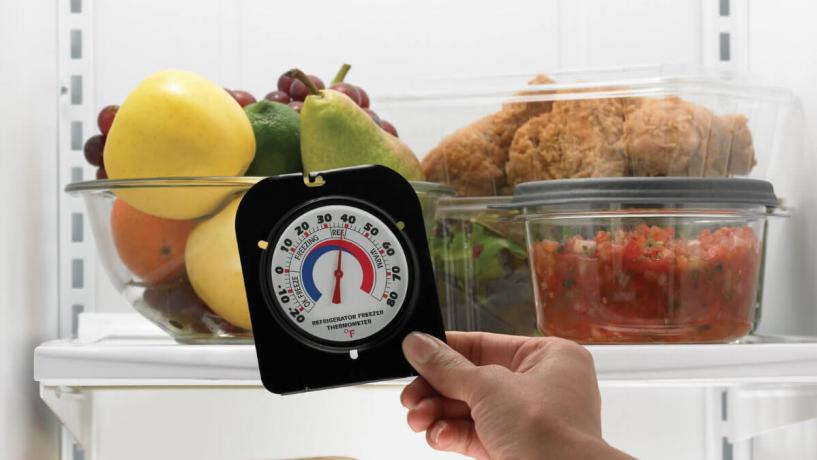
Researchers at the University of Western Australia believe infrared technology could hold the key to more accurate, non-destructive food quality testing.
Allowing for Food Items Moving Down a Conveyor Belt to be Easily ‘Tagged’
In the past it’s been difficult to classify foods accurately due to differences in the size, colours, and surface textures of food items such as fruits and vegetables. However until now, assessors needed to damage the food to look inside it. This new technology addresses this problem.
“With this technology, food items moving down a conveyor belt can easily be ‘tagged’ by an infrared scanner, and fast computers can quickly analyse the imaging data and determine whether or not a given food item needs to be rejected, or whether it needs to be diverted to the cargo bin for lower-grade food items,” explained Associate Professor Christian Nansen, from the university’s Institute of Agriculture and School of Animal Biology.
“It is similar to the baggage handling system at an airport: the infrared scan taken along the conveyor belt represents the ‘tag’ which ensures that each item of luggage - or fruit - gets to the right cargo bin and aeroplane.”
Infrared Technology to Help Detect Defects and Pesticide Residues
It’s anticipated that the infrared technology could be used to develop quality control systems to detect and quantify defects in fruits, vegetables, and grains. It could also detect pesticide residues and assess meat quality.
In findings recently published in the Journal of Food Engineering, Associate Professor Nansen wrote about his research which explored whether the technology could also help detect weevil infestations inside field pea. Associate Professor Nansen and his team assessed whether varieties of field peas infested with beetles reflected light differently to peas without weevils.
The researchers found the new classification procedure developed by Associate Professor Nansen’s group outperformed traditional conventional classification methods.
The University of Western Australia research paves the way for more accurate, large-scale food classification procedures which can be performed quickly for commercial producers.





